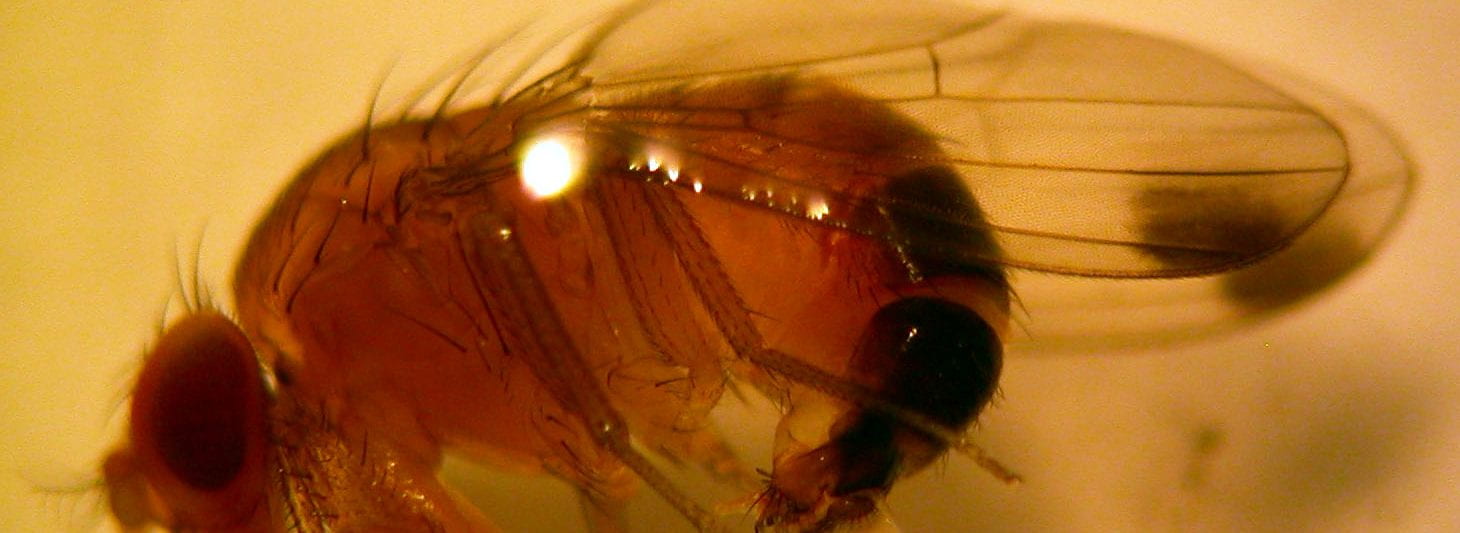All SWD trapping locations have caught SWD. First trap catch occurred over a nine- to ten-week-long period, from June 8 to August 13. SWD was caught earlier this year than in prior years, but the hot and extremely dry weather across New York State appears to have benefited berry crops, which suffered lower infestation rates in July than might have been expected from the early arrival of SWD.

Twenty-five scientists monitored traps in 25 Counties this year. A total of 117 Scentry traps were deployed in the network, primarily in raspberry (summer and fall) and blueberry. The first trap network site to report SWD trap catch was in Suffolk County, Long Island. At about the same time, SWD was caught at a research location in the Finger Lakes region.
Although SWD might show up around the same time each year in a particular location, this doesn't often hold true. For instance, the location in 2015 at which my program caught SWD first was among the last of our monitoring locations to catch SWD this year.
The long length of time, 66 days, over which first trap catch reports came in from across NY in 2016 and in prior years (56 days in 2015, 56 days in 2014, 76 days in 2013) provides evidence that SWD arrival across NY isn't synchronous. For this reason, in addition to trap catch reports, growers should consider crop maturity and crop susceptibility to infestation when formulating management decisions.
With most of NY in the grips of a drought - abnormally dry, moderate drought, severe drought, and extreme drought as of August 25 - this could keep SWD population growth in check. The US drought outlook shows likely drought removal in the Hudson Valley region, but drought will likely persist in western NY and Suffolk County.
It is easy and fast to check fruit for SWD infestation. Leaky fruit and dull sunken areas on fruit point to infestation. A quick salt flotation assay provides a good measure of SWD infestation in fruit—time well spent. Consult the Cornell Fruit Resources SWD pages for more information on dealing with this invasive pest.

